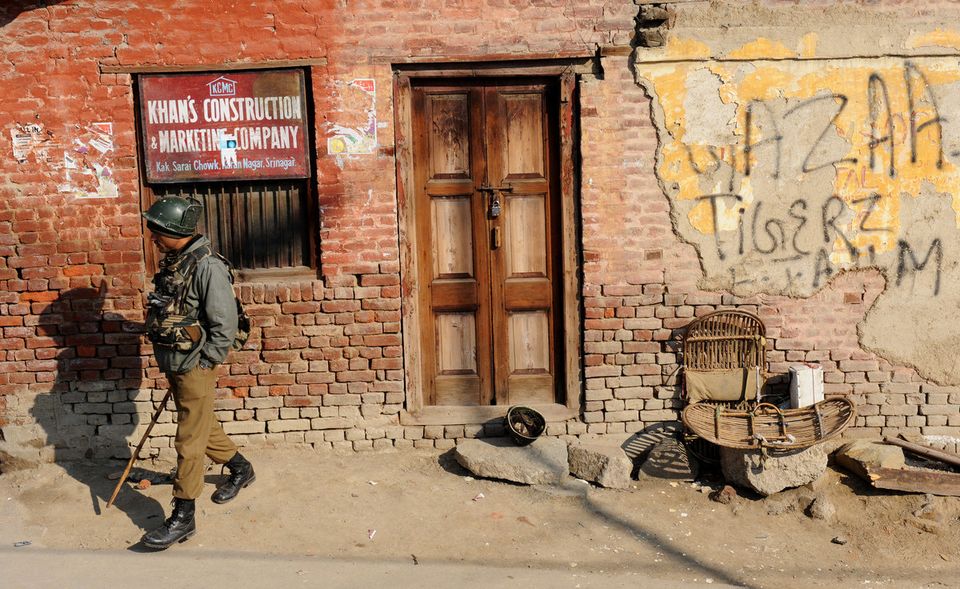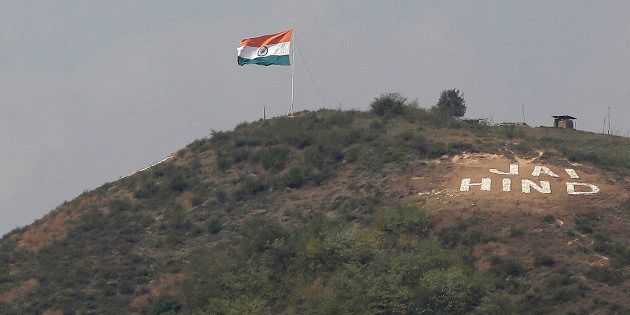
Uri —News studios in New Delhi may have become war rooms in the last few weeks, but in the frontier region of Uri, some 105 km north of Srinagar, there are no signs of war. Or violation of ceasefire, for that matter.
We visited Uri and its neighbouring villages on 5 October, two weeks after the 18 September fidayeen attack on an Indian army camp. Not far from the market town of Uri, in north Kashmir's Baramulla district, life went on as usual. Passenger buses and sumo vehicles plied the roads, street vendors and shops teemed with customers, government offices and schools were open, while children played football in school playgrounds overlooking beautiful mountains that surround the town.
The brigade headquarters of the Indian army camp, on the periphery of Uri market, were recently in the news when four Pakistani militants reportedly crossed the Line of Control (LoC) and mounted a suicide attack on it, killing 19 soldiers and injuring 29. It's the highest causality the Indian army has suffered in decades of fighting insurgency in Kashmir.
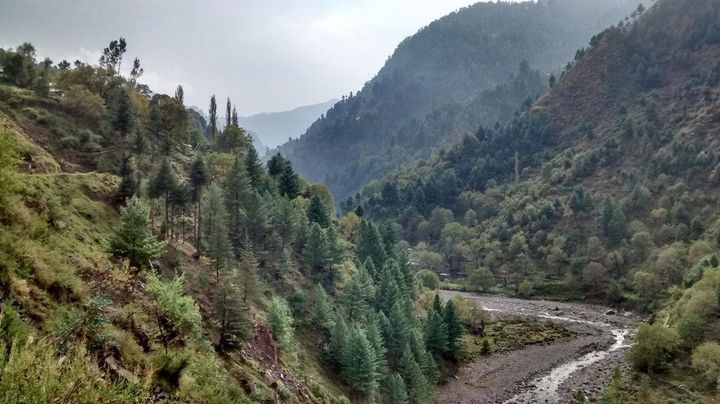
Rafiq Kalas, who lives in Chander Kote village atop the mountain which faces the army headquarters, said around 4AM on 18 September, worshippers leaving for the mosques first heard the gunfire.
"We all rushed out when we heard it and saw the barracks being set on fire," Kalas recalled. "They caught fire one after another and we could see the flames from the mountain top."
The intense firing from both sides continued till 6AM.
"In the morning, we came to know on TV that it was a fidayeen attack on the camp," he said.
The villagers were surprised, unable to guess the cause of the intense firing. They found it hard to believe that a militant attack was unfolding, Kalas said. It's difficult for militants to infiltrate into the brigade camp anyway, given the tight surveillance and layers of security rings there.
But then, it did happen, and since then, the town has been tense. Most local residents we spoke to, however, said they didn't leave their homes or shifted their belongings to other areas following the attack, as some news channels had reported.
The Last Village
A few kilometres south of Uri town, a zigzag rugged road cuts through the mountains leading to Silikote, the last village near the LoC nestled in the mountains, from where Pakistani military posts can be seen from a distance.
Except for a tight vigil by troops from both sides near their respective military posts on the LoC, the village is at peace, despite escalating tensions close by. Children are attending schools as usual, women carry on with household chores and the men are engaged in farm work, their chief occupation.
The villagers, who live very close to the LoC that separates some of them from their families and relations on the other side, said there have been no ceasefire violations here since the Uri attack.
"The media are making up stories, saying all villagers have left home, but nothing of that sort has happened, as you can see," said Farooq Ahmad, a local, pointing at the nearby mountain across a stream near the LoC dividing the Indian and Pakistani sides.
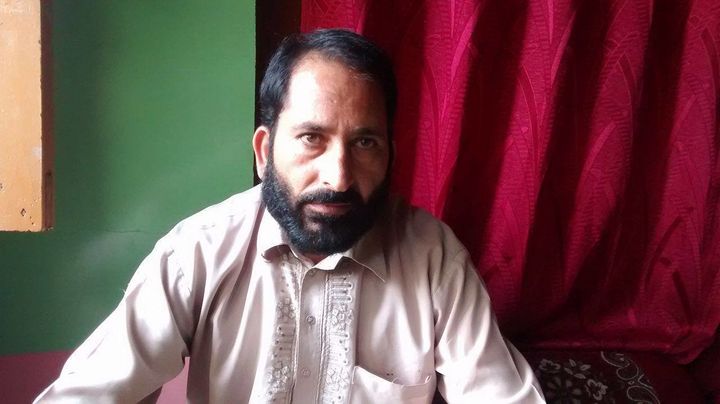
A Pakistani flag could be seen fluting on the mountain top on the other side. The military post on the Pakistani side faces the military post of the Indian army in this village. The troops on both sides maintain a tight day-and-night vigil on each other's post.
"These days sometimes at night we hear a single shot fired from each side into a stream that divides them," said Farooq, adding that these shots are fired as a routine exercise, signaling that the troops manning their respective posts are alert.
Farooq's grandparents lived and died in a village on the other side of the LoC, in the Pakistani side. In 1999, during the Kargil war, eight people, including two women, died due to heavy artillery fire exchanged on both sides near the LoC in their village, he said. Many homes were also destroyed, as shells rained on the village from across the LoC.
"We couldn't come out of our homes for days at a stretch, such was the intensity of firing," he recalled. "It continued day and night, for days on end, and villagers died on both sides of the LoC that year."
Compared to those dreaded days of war, the current scenario feels calm, if tense.
Contingency Plans
Even as no further ceasefire violation has been reported from bordering areas around Uri, the administration has kept measures ready in case of a war-like situation.
"We have a contingency plan worked out to meet with any eventuality in the case of a war," said Showqat Ahmad Rather, the sub-district magistrate (SDM) of Uri.
He dismissed the hysteria drummed up by national media. The mood hasn't affected the lives of the people in the region, he assured us. "TV channels are fabricating and exaggerating the reality," he added.
A TV journalist from a Hindi news channel had apparently rushed to Uri in the days following the attack and captured a footage of villagers living close to the LoC vacating their houses and moving their household items to safer places.
"That was completely untrue," Rather said. "We laughed at that silly reportage."
Villagers in Silikote also told us the claim made by the news channel was untrue and that they have been there all along.
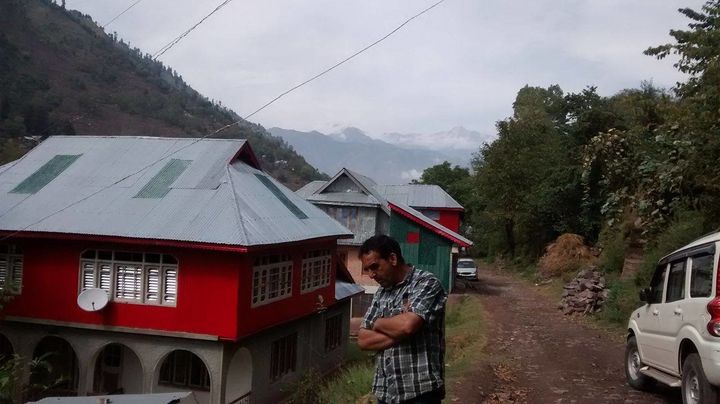
According to government documents assessed by these writers, following the escalation of tension along the LoC, the local administration in Uri has kept 25 government buildings ready, in case of an eventuality.
"We have kept them ready,if a war-like situation breaks out, or if there's shelling on the border posts with light or heavy artillery fire," said an assistant executive engineer (AEE) with the government who asked not to be named. He, too, insisted that the escalation of violence and tension in the border town, as reported by the media, is far from the reality.
"The situation in Uri has remained calm, despite the attack," he said. "There was no mobilization of troops as such to forward posts, only some small movement of artillery from their stores was reported to us, which is not unusual," a government official said as well.
Living in Fear
Surrounded by the army guarding the LoC 24x7, the villagers in Silikote have to pass through a gate constructed by the forces near their posts. These days, at times, the army doesn't allow the locals to pass through the gate, which blocks access to the main town.
"They don't open the gate promptly. Sometimes at night, we've to cross this gate if there's an emergency, if someone's ill, or if there's a delivery case," a resident of Silikote village said. "They shouldn't close it, at least for our sake!"
A group of villagers from Churunda village of Uri, which falls along the LoC, also complained of the army severely curtailing their movement since the 18 September attack. Some of them had come down to meet the SDM when we were in his office to complain about this. Not only have their lives been affected by this policy, they said, but vehicles are also not allowed to pass through the main road leading to and from their village.
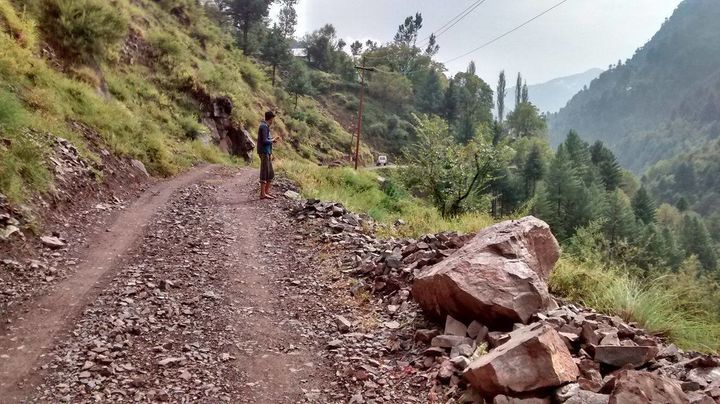
"A few days after the attack, our village was sealed by the army. They are still not allowing vehicles to ply on the lone road that connects the town to our villages," the group said, waiting outside the SDM's office in Uri town. Their hope is that his intervention will help ease their mobility once again in the coming days.
"Just imagine, if somebody fell ill or if there's a delivery case, what will we do? Where will we go?" asked one of the aggrieved residents. "We are the worst victims of hostilities along the border," he said. "Hamain aman chahiye, jung nahi (We want peace, not war)," he added after a pause.
Also on HuffPost:
